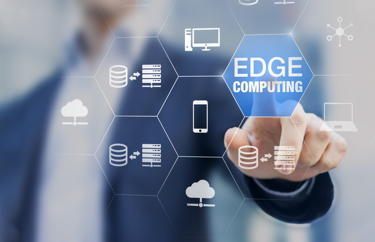What You Need To Know About Edge Computing
A conversation with Brian Kelly, Panduit

Brian L. Kelly manages the Network Architecture Research team as part of Panduit’s Corporate Research and Development department. The team develops Reference Architecture content for the Data Center, Enterprise, and Industrial Automation businesses. To date, Kelly has written well over 20 technical papers that have been published on the Panduit website, as well as partner websites such as Cisco, Juniper, and Rockwell Automation. Kelly took the time to speak with VAR Insights about all things Edge Computing.
Q: What is Edge Computing?
Kelly: At its core, Edge Computing is a shift from a centralized compute model to a hybrid distributed compute model. For the past 20 years or so, the compute model has been almost strictly centralized. Whether your company uses an on-premise data center, cloud compute, or a hybrid cloud strategy, that is a centralized compute model. All the data is processed and stored in a central location (i.e., data center, cloud data center, etc.). Edge compute is not replacing that model, it is supplementing that model with additional compute resources at the edge or closer to the end-user.
In simple terms, this means more computing in closer proximity to where the data is created at the edge. The infrastructure implications of this trend are more compute resources in environments that are less prepared and controlled.
Get unlimited access to:
Enter your credentials below to log in. Not yet a member of VAR Insights? Subscribe today.
